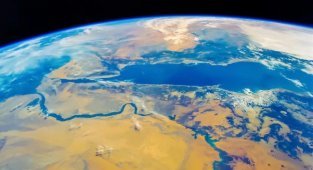There are many beautiful places on Earth created by nature and man, but not all of them are durable. Some of them are about to disappear from the face of the planet - so hurry up to get to know them! 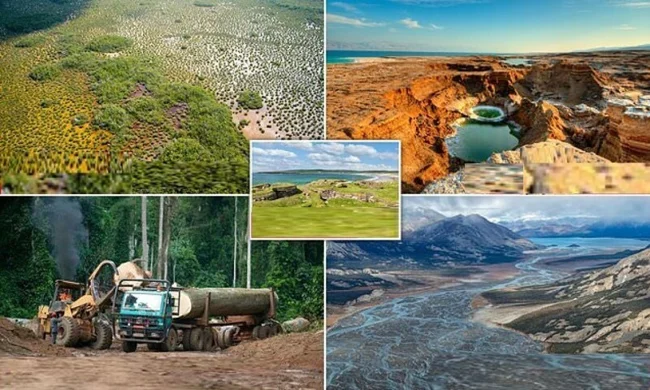
Chan Chan, Peru 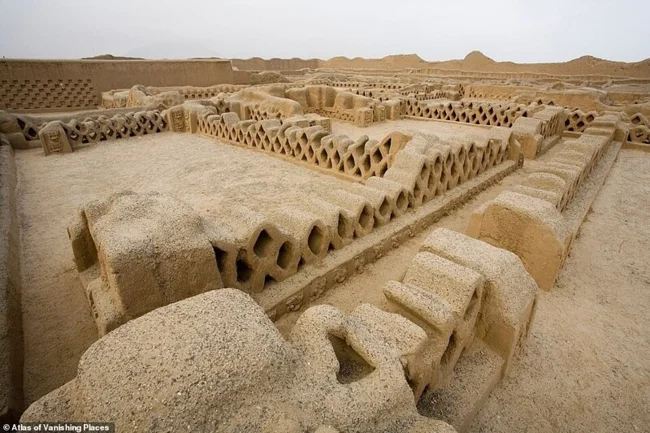
Chan Chan, whose history dates back to 850 AD, was once the largest city in the Americas until it was captured by the Incas in the late 15th century. The earthen metropolis occupied an area of almost 20 square kilometers. At least 30,000 people lived here. But now, despite ongoing work to preserve the site, Chan Chan continues to deteriorate. In 2007, UNESCO concluded that current levels of erosion are "rapid and seemingly unstoppable." Increasing rainfall and increasingly frequent storms across Peru with alarming frequency are slowly washing away the city.
Chihuahua, Mexico - USA 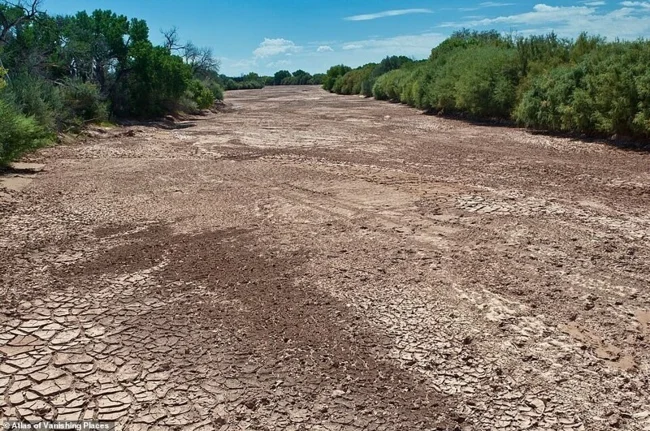
The Chihuahuan Desert stretches 362,600 square kilometers from Arizona to Mexico. While large areas are dry, there are also areas of stunning grassland, wetlands with hot springs, rivers and streams. As a result, the desert is home to all types of flora and fauna, from birds of prey to fish and from maples to 300 species of succulents. However, this biodiversity is under threat. The lifeblood of this ecosystem is the Rio Grande, the great river that flows from Colorado to the Gulf of Mexico. But its use to meet the needs of local agriculture and the region's growing population had serious environmental consequences. With temperatures constantly rising and water becoming scarcer, the Chihuahuan Desert is in danger of becoming like a classic desert.
Dead Sea, Israel - Jordan 
Over the past 50 years, the Dead Sea has reached a terminal stage as the rivers that feed it are diverted to agriculture and cities and towns.
Once 80 kilometers long, it now extends only 48 kilometers and its water level is falling at a rate of one meter per year. It is not just a unique natural phenomenon, a place replete with places sacred to Jews, Christians and Muslims, that is under threat, but the entire surrounding ecosystem.
The retreat of the sea has created many sinkholes, all of which threaten to destroy nearby roads and houses. Only decisive action to replenish its waters will ultimately prevent imminent disaster in the coming decades.
Palenque, Mexico 
Palenque in southeastern Mexico has been a lost city for a very long time. Once, between 250 and 900 AD, it was one of the most important cities of the Maya civilization, but by 950 it had been ravaged by tribal warfare, agricultural decline and population decline, and was gradually swallowed up by the surrounding jungle. This lost city was not found until the 16th century, when the Spanish priest Father Pedro Lorenzo de la Nada stumbled upon it with the help of a native guide while exploring the area.
Leptis Magna, Libya 
Leptis Magna began life as a Phoenician trading post in 7 BC. and was one of the most glorious cities of the Roman Empire until a series of earthquakes and raids reduced it to a shrunken shell of its former self. The city was abandoned in 643 AD and lay dormant until a series of excavations in the 1960s revealed all its architectural treasures.
The political situation in the country and the dictatorial regime of Muammar Gaddafi in the 1970s served to remove Leptis Magna from the sight of the whole world, but today it can theoretically be seen with your own eyes.
Xanadu, Mongolia - China 
The history of Xanadu, the former capital of Mongol-ruled China, is quite mysterious. The 13th-century city, ruled by Kubla Khan, grandson of Genghis Khan, was once a 25,000-hectare metropolis filled with gardens, temples and government buildings where emissaries and merchants from around the world could be found. Xanadu fell into ruins in the 14th century, but was excavated in the 1990s and opened to the public in 2011. The museum, which displays hundreds of artifacts carefully preserved by the earth, gives a glimpse of what was lost.
Skara Brae, Orkney Islands 
The story of prehistoric Skara Brae in Orkney would still not be known if not for the weather. For centuries the village was buried under a sand mound known as Skara Brae. But on a stormy February night in 1850, the wind and raging waves of the Atlantic swept along the western shoreline, causing the sandbank to collapse, tearing the turf from the hill and leaving gaping holes where solid ground had once been. At this moment, part of the island's past Stone Age suddenly emerged from the ground, leaving parts of the Neolithic dwellings exposed to the air. Today they are the subject of close attention of historians. But the weather poses a constant danger to Skara Brae. Rising sea levels and increasingly violent storms linked to climate change could wipe it out as quickly as the winds dug it out years ago.
Roanoke, North Carolina, USA 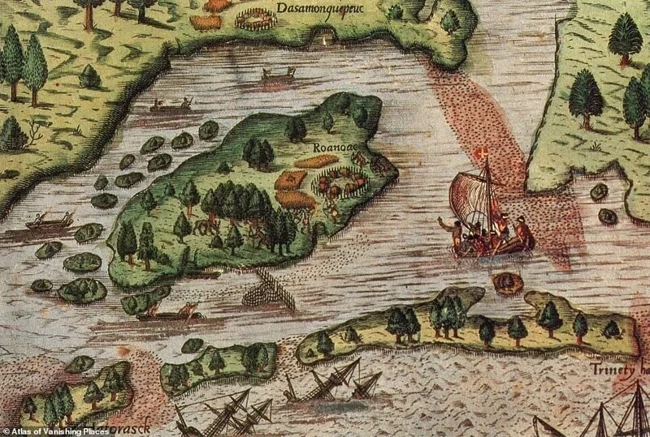
Since the founding governor of the Roanoke Island settlement, John White, was an artist and cartographer who left maps of the territory exquisitely drawn in watercolor, you might think that finding Roanoke would be easy. However, the exact location of the first English colony in the New World of North America continues to be disputed, and what happened to its inhabitants after 1587 is an even greater mystery.
Roanoke was first settled with the permission of Queen Elizabeth I in the late 1570s, but the original settlers—more than 100 men and women—disappeared. Many theories of the disappearance have been put forward - ranging from murder or kidnapping by Native American tribes to massacre at the hands of Spanish conquistadors or the destruction of the entire colony by a tidal wave. According to some historians, they simply assimilated into Native American communities.
Petra, Jordan 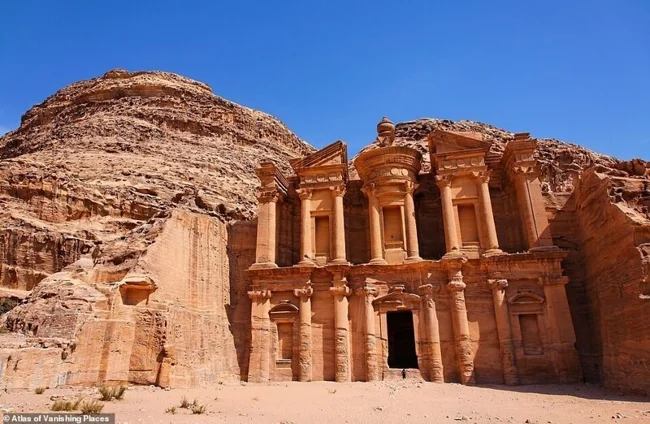
Petra, once the center of Nabataean culture, then a thriving Roman and later Byzantine city, was lost to the world for almost a thousand years. Conquest of the Byzantine Roman states of Syria, Palestine and Lebanon by Islamic forces in 636 AD. and the eventual establishment of Baghdad as the new capital of the Muslim world diminished the importance of Petra and ultimately led to the desolation and ruin of the city. It remained in oblivion until it was discovered by archaeologists in the 19th century. Today, discoveries are still being made at the world-famous 2,000-year-old site in modern-day Jordan.
Port Royal, Jamaica 
In the late 17th century, Port Royal on the southeast coast of Jamaica was the bustling capital of the Caribbean. The city was a filibuster's paradise, a Caribbean hotspot where pirates could legally sell loot from Spanish galleons and then use the taverns and brothels that occupied a quarter of the premises.
However, everything changed in 1692, when a series of natural disasters changed the city beyond recognition - a strong fire, a hurricane and an earthquake practically wiped it off the face of the earth.
Everglades, Florida 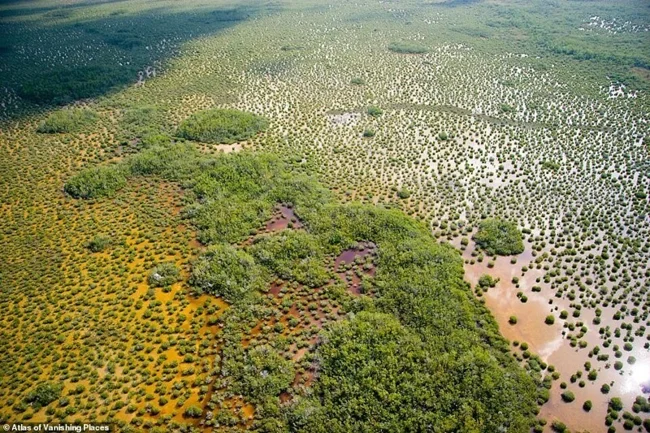
The 700,000-acre Everglades is a valuable area of Florida wetlands. However, it is teetering on the brink of extinction due to salt water intrusion causing its marshes to retreat. Mangroves, those patches of coastal vegetation that grow in brackish water and provide habitat for many different creatures, are moving further and further inland, retreating at a rate of 30 meters a year to escape the turbulent ocean. Fertilizers invasive plant and animal species, including Burmese pythons, are also attacking the fragile Everglades ecosystem. Environmentalists say only decisive action will save the famous wetlands.
River Fleet, London 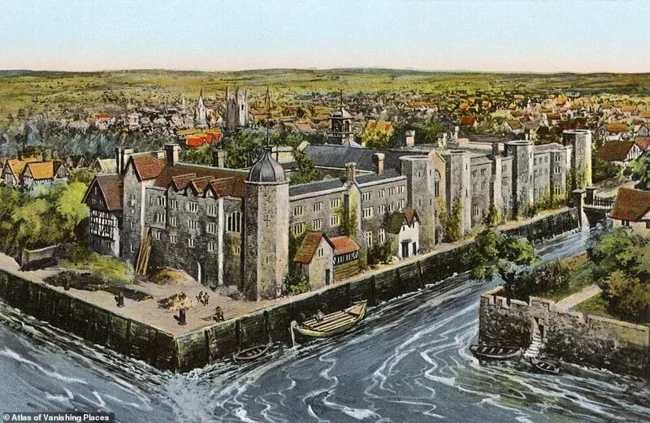
The River Fleet once flowed through the land of London, originating from the swampy malaria swamps of Hampstead. It flowed through Kentish Town, Camden, King's Cross and Clerkenwell before joining the Thames at Blackfriars. Already in the time of Henry III it was little more than an open sewer, 14th-century butchers threw pig entrails into it, and by 1652 it was so clogged with rubbish that it was almost impassable by boat. Finally, in 1830, the river was diverted underground and turned into a sewer.
Slims River, Yukon, Canada 
In 2016, the 300-year-old Slims River in Canada disappeared in just four days. The unexpected event was the result of the Kaskawulsh Glacier, which previously supported the Slims, melting faster and retreating further than ever before. His retreat altered the meltwater gradient, diverting it south to feed the nearby Kaskawulsh River, which flows into the Gulf of Alaska, leaving the Slims dry and dry. The chances that the Slims River will ever return to its former glory, according to environmentalists, are vanishingly small.
Rainforests of the Congo Basin 
The Congo Basin rainforest is twice the size of France, but could disappear by 2100. In the last 15 years alone, an area the size of Bangladesh has been destroyed. Because forests are considered the world's fourth largest carbon reservoir and play a vital role in regulating the globe's climate, their fate worries many environmentalists and researchers.
Danube River, Europe 
The eastern tip of the Danube remains at serious risk of environmental disaster, environmentalists say. This is due to accumulations of heavy metals and toxic waste that have been found in abandoned factories and reservoirs in Hungary, Serbia and Romania. The legacy of former bauxite and uranium mining threatens to seep into the watery Danube, with potentially devastating consequences for the river basin as a whole, scientists say.
0 comments
